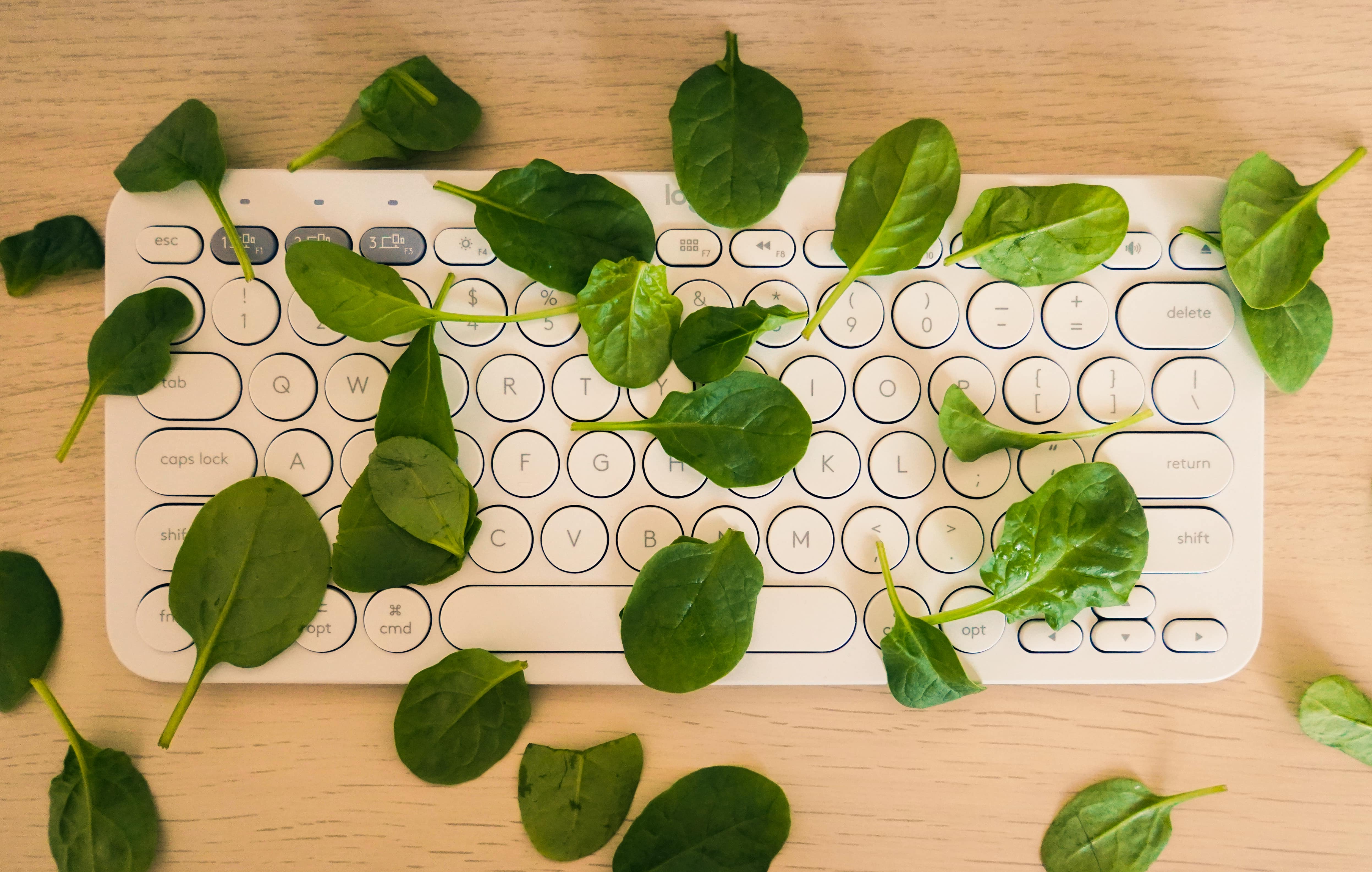
When Spinach Meets Technology: The Leafy Green that Sent Emails
By Adedayo Ebenezer Oyetoke Published on: October 16th 2023 | 3 mins, 573 words Views: 445
The world of technology never ceases to amaze us with its unexpected crossovers. One such fascinating example involves the modest spinach plant, which has been transformed into an unlikely messenger. In a groundbreaking experiment carried out by researchers at the Massachusetts Institute of Technology (MIT), spinach plants were utilized to send emails. Today, we embark on a riveting journey into the realm of science and discover how spinach became a part of this extraordinary technological endeavor.
The Green Connection:
In 2016, a team of creative scientists led by Professor Michael Strano at MIT devised an innovative way to harness the power of plants for communication. They focused their attention on spinach, one of the most commonly consumed leafy greens worldwide. The team sought to utilize the natural ability of plants to identify and respond to various stimuli, which could potentially be used for environmental monitoring or detection of hazardous substances.
Unraveling the Science:
To make spinach a technological messenger, the researchers embedded nanosensors into the leaves of the plants. These nanosensors were capable of detecting substances such as explosives or environmental pollutants in the surrounding soil. When the spinach plants absorbed these substances through their roots, the sensors would trigger a biochemical response within the plant.
As a result of this response, the spinach plants emitted a specific type of chemical molecule called nitroaromatics, which could be detected by an infrared camera. The camera, acting as a receiver, translated the signals into digital data that could be read and analyzed. This fascinating process ultimately enabled the plants to communicate with the technology, setting the stage for an unforeseen alliance between nature and digital communication.
Nature-Inspired Emails:
One might wonder, how do plants send emails? Well, the signals captured by the infrared camera were translated into messages that could be conveyed as email notifications. For instance, if the spinach plants detected the presence of a harmful pollutant, an email alert would be generated, notifying the relevant individuals or authorities.
Implications and Future Possibilities:
The intersection of plants and technology through the use of spinach opens up a realm of possibilities. By employing this innovative approach, not only can environmental monitoring be enhanced, but the potential for early detection of explosives or contaminants in soil becomes a fascinating reality. It paves the way for future advancements in the field of bioengineering, offering an eco-friendly solution to real-world challenges.
Beyond Spinach:
While the concept of spinach-based communication may elicit a chuckle, it also highlights the boundless opportunities that arise when merging the natural world with advanced technology. This experiment serves as a reminder that nature has an abundance of untapped resources and inspiration, waiting to be uncovered and utilized for our benefit.
Conclusion:
Who would have thought that a leafy green vegetable like spinach could become a vital player in technology? The remarkable experiment conducted by researchers at MIT showcased how plants, when coupled with nanotechnology, can communicate important information. By harnessing the innate properties of spinach, the potential for enhanced environmental monitoring and detection has grown exponentially.
As we continue to explore the frontiers of science and push the boundaries of what seems possible, the spinach-powered email system stands out as a prime example of how blending unexpected elements can lead to unprecedented breakthroughs. So, the next time you enjoy a salad with spinach, you can marvel at its extraordinary potential beyond the kitchen - as a leafy messenger bridging the gap between nature and technology.